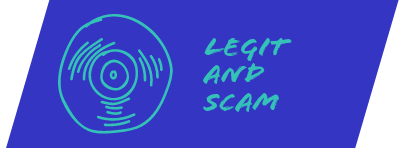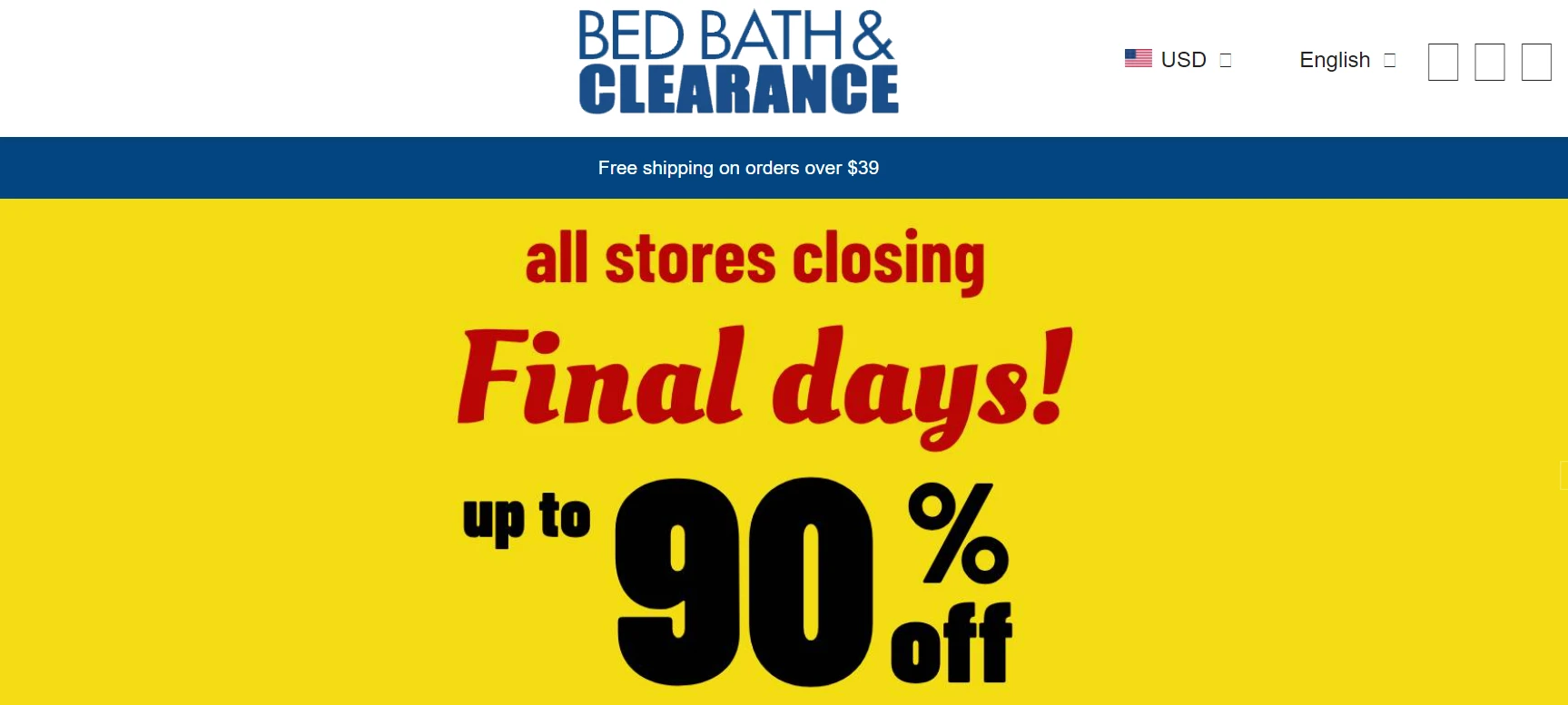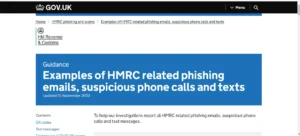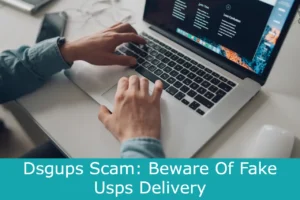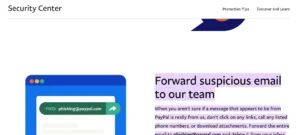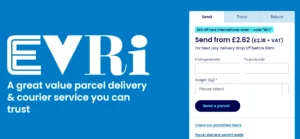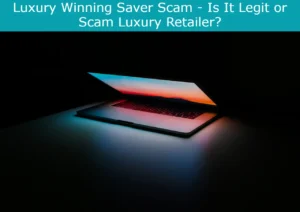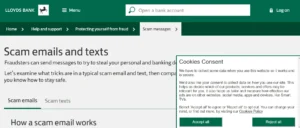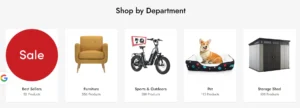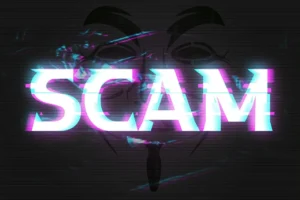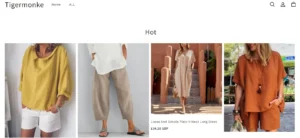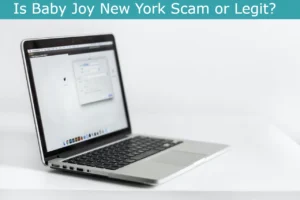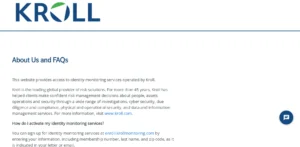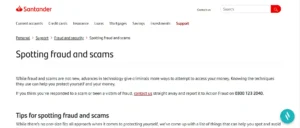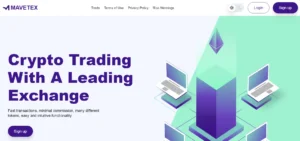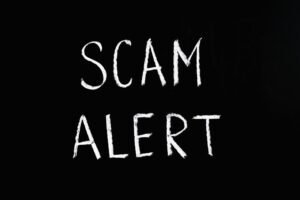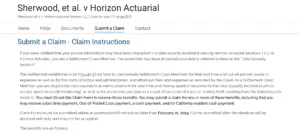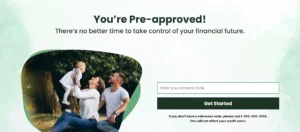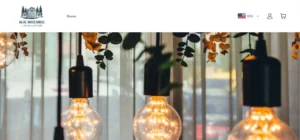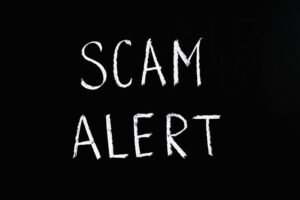In today’s digital age, online scams are becoming increasingly prevalent, targeting unsuspecting shoppers looking for great deals.
One such scam that has recently emerged is the Koojase scam, which involves a fake website posing as the popular retailer Bed Bath & Beyond.
This article aims to help readers recognize the signs of a fake website, understand how the Koojase scam operates, and provide tips on protecting themselves from online fraud. Stay informed and safeguard your online shopping experience.
Recognizing the Signs of a Fake Website
You can easily recognize the signs of a fake website by looking for red flags such as misspellings, poor grammar, and suspicious payment methods. One of the most common signs is the presence of misspelled words or grammatical errors on the website.
Legitimate businesses take pride in their professional image and would not have such errors on their websites. Another red flag is the use of suspicious payment methods.
If the website asks for payment through unconventional methods or asks for your personal information without a secure payment gateway, it is likely a scam.
Additionally, fake websites often have poor-quality images or stolen product photos. If the images appear blurry or low-resolution, it is a sign that the website may be fake.
How does the Koojase Scam Operate?
When operating, the Koojase scam tricks unsuspecting individuals by using a deceptive online platform. The scam begins by creating a fake website that closely resembles the legitimate website of a well-known retailer, such as Bed Bath & Beyond.
This fake website is designed to lure in customers by offering incredibly low prices on popular products.
Once a customer places an order on the fake website, they are prompted to enter their payment information.
However, instead of processing the payment and delivering the product, scammers steal the customer’s personal and financial information.
This information can then be used for identity theft or sold on the dark web. It is important to be vigilant and cautious when shopping online to avoid falling victim to scams like the Koojase scam.
Protecting Yourself from Online Scams
One way to protect yourself from online scams is to be cautious and vigilant while shopping on the internet. With the rise of fraudulent websites like Koojase, it is crucial to take necessary precautions.
Firstly, always verify the legitimacy of the website by checking for secure connections, such as the ‘https’ in the URL. Additionally, read reviews or feedback from other customers to gauge the website’s credibility.
Avoid providing personal or financial information on suspicious sites, especially if they ask for it unsolicited. Furthermore, be wary of deals that seem too good to be true, as scammers often lure victims with unrealistic discounts.
Lastly, regularly monitor your bank statements and credit reports to detect any unauthorized transactions. By being proactive and cautious, you can significantly reduce the risk of falling victim to online scams.
Reporting Fraudulent Websites
If you come across a fraudulent website, it is important to report it to the proper authorities. Reporting these websites helps protect others from falling victim to scams and fraudulent activities.
One way to report a fraudulent website is to contact the Federal Trade Commission (FTC) through their website or by phone. The FTC investigates and takes action against websites that engage in deceptive practices.
Additionally, you can report the website to the Internet Crime Complaint Center (IC3), which is a partnership between the FBI and the National White Collar Crime Center.
They collect and analyze complaints related to internet crimes, including fraudulent websites. Remember, reporting fraudulent websites is crucial in fighting against online scams and ensuring a safer online environment for everyone.
Safeguarding Your Online Shopping Experience
To ensure a secure online shopping experience, it is essential to take necessary precautions. First and foremost, always make sure you are on a legitimate and trusted website before making any purchases.
Look for the padlock symbol and “https” in the URL to indicate a secure connection. Additionally, avoid clicking on suspicious links or pop-up ads that may lead you to fraudulent websites.
It is also advisable to use strong and unique passwords for your online accounts and enable two-factor authentication whenever possible.
Regularly update your devices and antivirus software to protect against malware and phishing attacks.
Finally, review the seller’s reputation and customer reviews before making a purchase. By following these measures, you can safeguard yourself and have a worry-free online shopping experience.
Frequently Asked Questions
How can I track down the individuals behind the Koojase scam?
Tracking down the individuals behind scams can be challenging. It requires thorough investigation by law enforcement agencies, cybercrime experts, and cooperation from internet service providers. It is important to report the scam and provide any relevant information to the authorities.
What legal actions can be taken against the people running the Koojase scam?
Legal actions that can be taken against the people running scams such as koojase include reporting to law enforcement agencies, filing a complaint with the Federal Trade Commission, and potentially pursuing civil litigation for fraud or deceptive practices.
Are there any specific warning signs to look out for when shopping on other websites?
When shopping on other websites, be cautious of suspiciously low prices, poor website design, lack of customer reviews, and unsecured payment methods. These could be warning signs of a potential scam.
Can you provide examples of popular online scams other than the Koojase scam?
Popular online scams include phishing emails pretending to be from banks, fake online marketplaces selling counterfeit goods, and tech support scams where scammers pose as customer service representatives.
Are there any government initiatives or regulations in place to combat online scams like Koojase?
Yes, there are government initiatives and regulations in place to combat online scams. These measures aim to protect consumers and prosecute scammers, ensuring a safer online environment for everyone.
Conclusion
In conclusion, it is crucial to be vigilant and informed when shopping online to avoid falling victim to scams like the Koojase fake website.
By recognizing the signs of a fake website, understanding how these scams operate, and taking necessary precautions, such as verifying the legitimacy of a website and protecting personal information, consumers can safeguard their online shopping experience.
Additionally, reporting fraudulent websites can help authorities take action and prevent others from being deceived. Stay alert, stay safe, and enjoy a secure online shopping experience.
Also Read
Is University Cask Scam Or Legit? Uncovering The Truth
Vuletti Jewelry Reviews: Legit Or Scam? Uncovering The Truth
Also Read
Is Fokups Scam or Legit? – Fake Usps Website Threat
Is Enroll.Krollmonitoring.Com Scam or Legit? Website Reviews
Also Read
Is Peter Popoff’s Miracle Spring Water Legit Or Scam? Explained
Fivehuge.com Scam or Legit? Assessing The Legitimacy Of Fivehuge.Com
Also Read
Census Bureau Texts Scam – Ensuring The Legitimacy
Is Yourhealthcarepilot Scam or Legit? Exposing Yourhealthcarepilot.Com
Also Read
Allure Sports Scam Explained – Allureusports.Com Reviews
Is Foxden Capital Scam Or Legit? – Unveiling Foxden Capital Reviews
Also Read
Blakes Breaks Scam Explained – The Dark Side Of Card Collecting
Is Mersetre.Com Legit or a Scam? Mersetre.Com Review
Also Read
Breg Billing Department Scam: Suspicious Texts And Scam Alerts
Is Aaaqqq.Shop Legit or a Scam?: Aaaqqq.shop Red Flags
Also Read
Is Tigermonke Scam or Legit? Tigermonke.Com Review
Is Zenatime Scam or Legit? Fake Qvc Website Scam
Also Read
